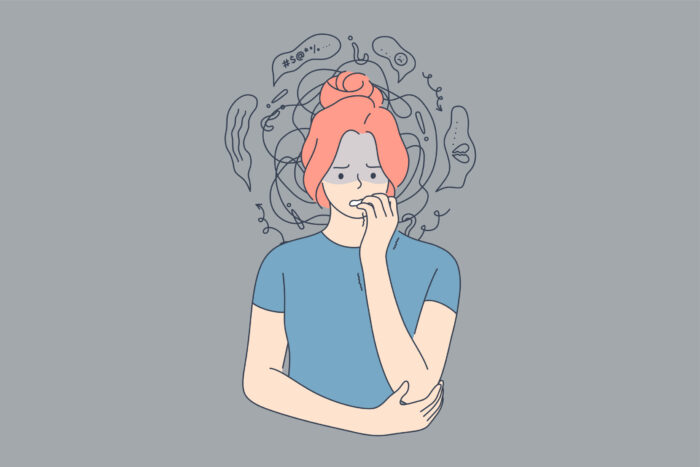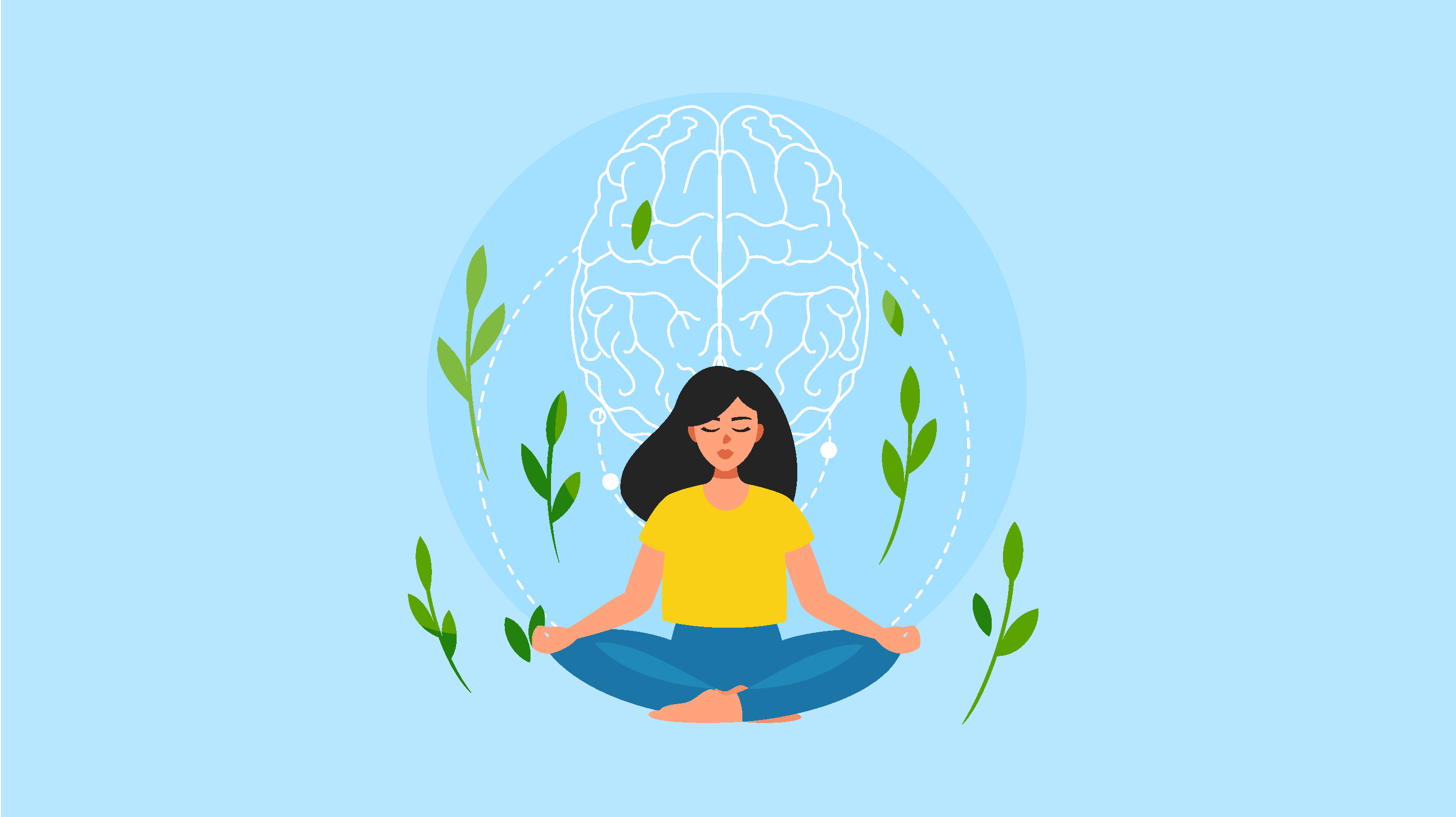Patient no-shows are a common issue in therapy clinics. Not only are they inconvenient, but they also limit slot availability for other patients and increase each medical practice’s running costs. Plus, missing therapy sessions can significantly reduce the clinical efficiency of any therapy treatment plan.
That’s why it’s so important to find effective, easy ways to reduce these no-shows, boost patient engagement, and enhance therapy session attendance. This article will walk you through seven practical strategies to improve your schedule and boost patient turnout.
Automatically Texting Patients With Appointment Reminders
A key step toward reducing patient no-shows at your therapy practice is to establish an automatic text reminder system. These automatic appointment reminders can play a crucial role in ensuring your patients don’t miss their slot or forget about their weekly sessions.
As an added benefit, today, there are several automation software options that are designed to streamline this process, making it quick and hassle-free to implement automatic reminders. Plus, this simple strategy is a great option to reduce the burden on your medical or managerial staff, and it can even boost the relationship between patient and provider!
Applying Cancellation And No-Show Fees
Incorporating cancellation and no-show fees into your policy can be a powerful deterrent for patient absenteeism. When patients are aware of financial consequences, they’ll become more likely to attend their scheduled appointments. Make sure the fee isn’t excessive – after all, you’ll want therapy to be accessible by all – but sufficient to motivate patients to respect their commitments.
An important note: clearly explain this policy when booking appointments to ensure patients fully understand the potential implications of missing their slot.
Providing Teletherapy Options
One way to reduce patient no-shows in your therapy practice is by providing teletherapy options. Teletherapy eliminates many barriers that patients often face, such as the time and cost of travel.
It also offers an added level of privacy and is particularly helpful for patients in rural areas who might not have easy access to therapy services. What’s more, studies have shown that telehealth is an effective alternative to traditional in-person mental health care – which means that patients don’t have to compromise between quality and affordable care!
Offering Incentives For Consistent Attendance
There are several reasons why your patients may miss their appointments, and understanding this is the first step toward improving your attendance level. According to studies, the most common excuses include the excessive length of time between scheduling and appointment day, forgetting, or problems with substance abuse.
Positive reinforcement options, such as incentives for consistent attendance, may help encourage patients to show up for their appointment.
Offering Flexible Appointment Scheduling Options
One effective strategy to minimize patient no-shows is offering flexible scheduling options. By accommodating different lifestyles and commitments, patients are more likely to attend their appointments. For instance, providing early morning, lunchtime, or late evening slots can significantly help those who have work or family responsibilities during traditional office hours.
Creating Strong Patient-Therapist Relationships
Building a relationship of trust and respect between the provider and patients is critical to reduce no-shows. When your patients trust your medical stuff, they’ll be more likely to communicate when they need to talk to a therapist, and what their needs in terms of therapy appointments are.
What’s more, patients who trust their therapists and have faith in their chosen treatment plan will be more willing to adhere to their appointment schedule, thus reducing no-shows. To achieve this, focus on boosting your clinic’s internal culture and survey your patients to understand what their unique needs are.
Providing Easy-To-Understand Patient Education About The Value Of Consistent Therapy
A critical aspect to look into is patient education. If your patients understand that each session contributes significantly to their well-being and recovery, they might be less likely to skip appointments and become more accountable for their health.
Last but not least, it’s worth mentioning that proactive communication plays a huge role in minimizing no-shows. Having open conversations with patients who frequently miss their appointments can shed light on their reasons and guide you in taking the necessary steps to improve attendance.








Leave a Reply
You must be logged in to post a comment.